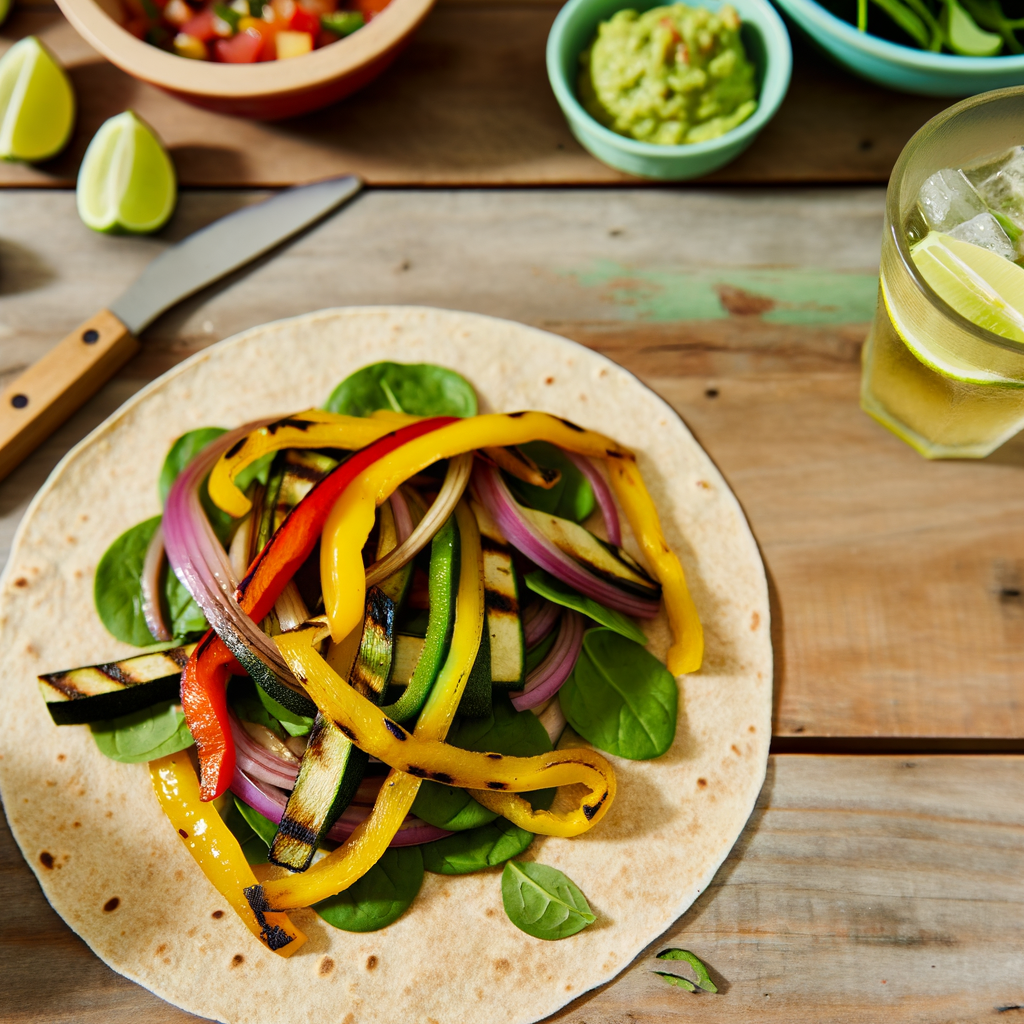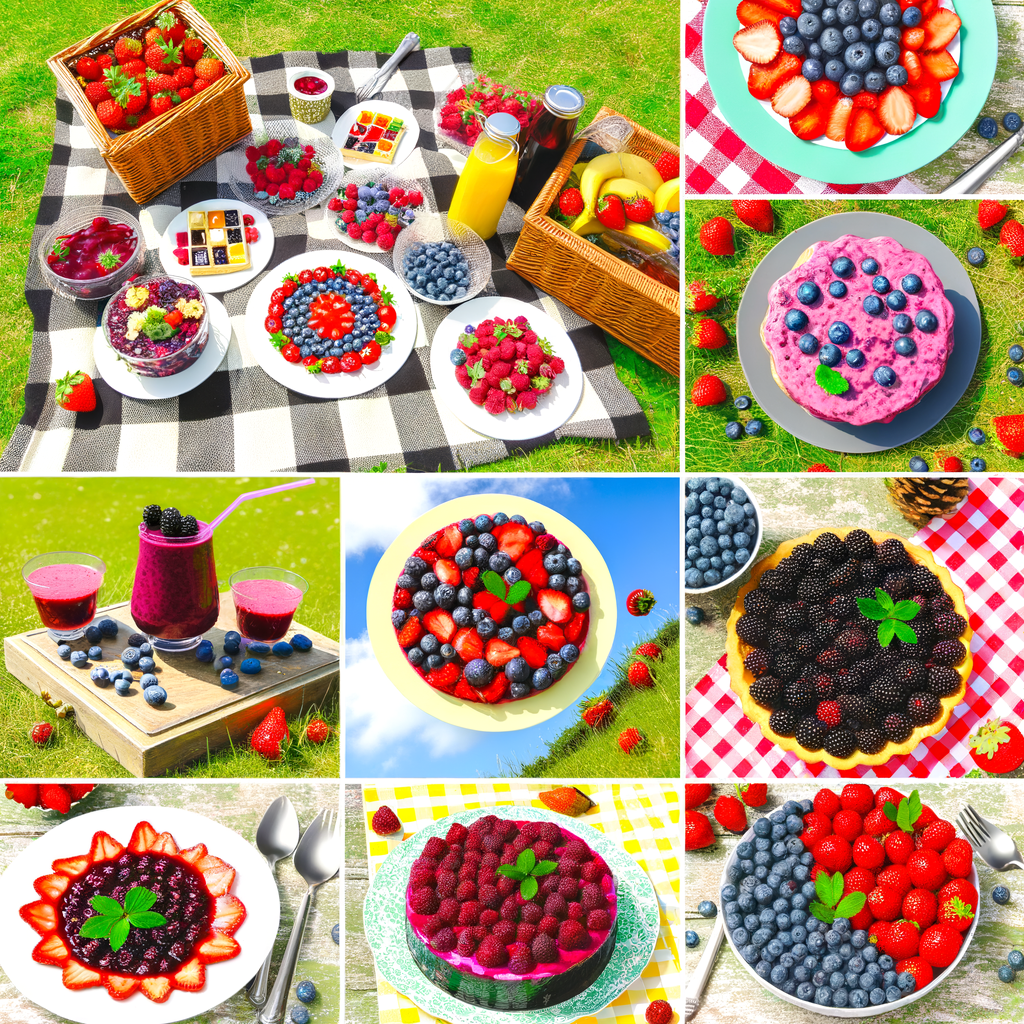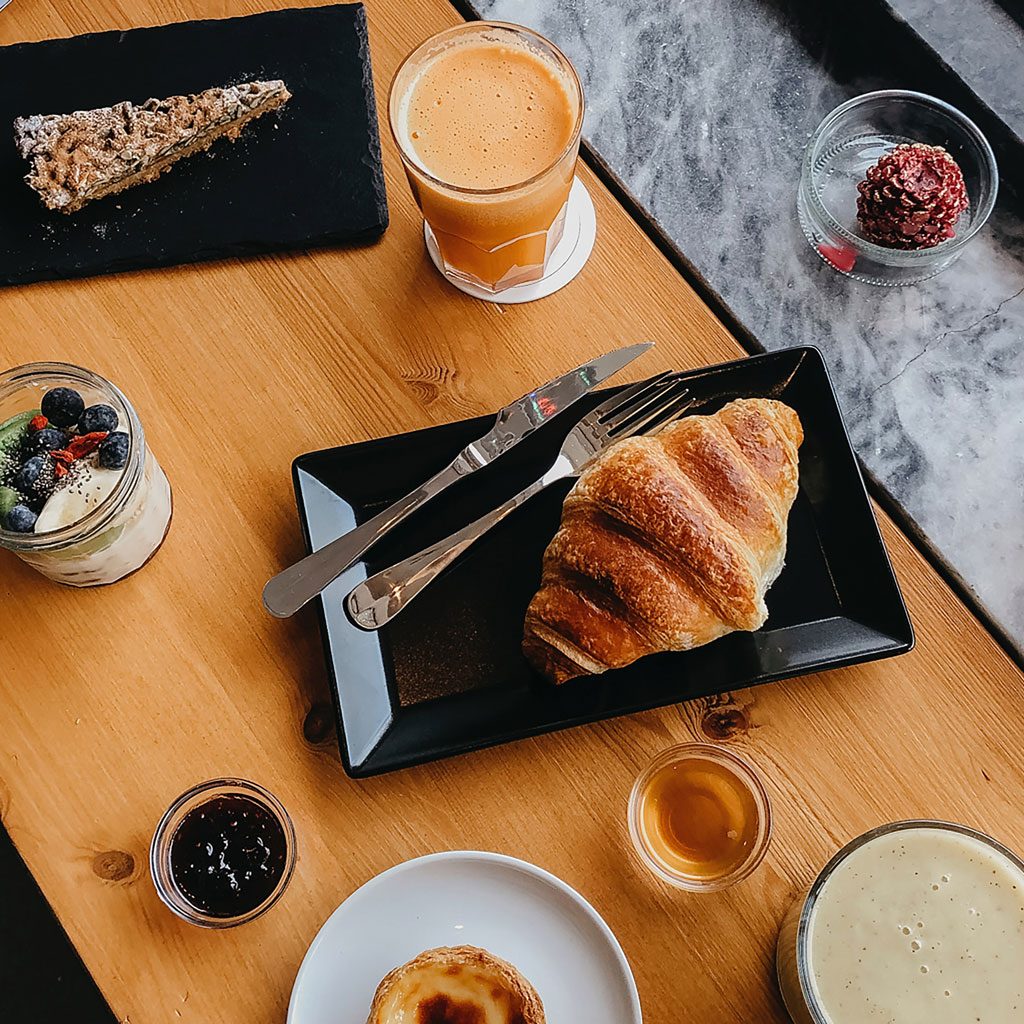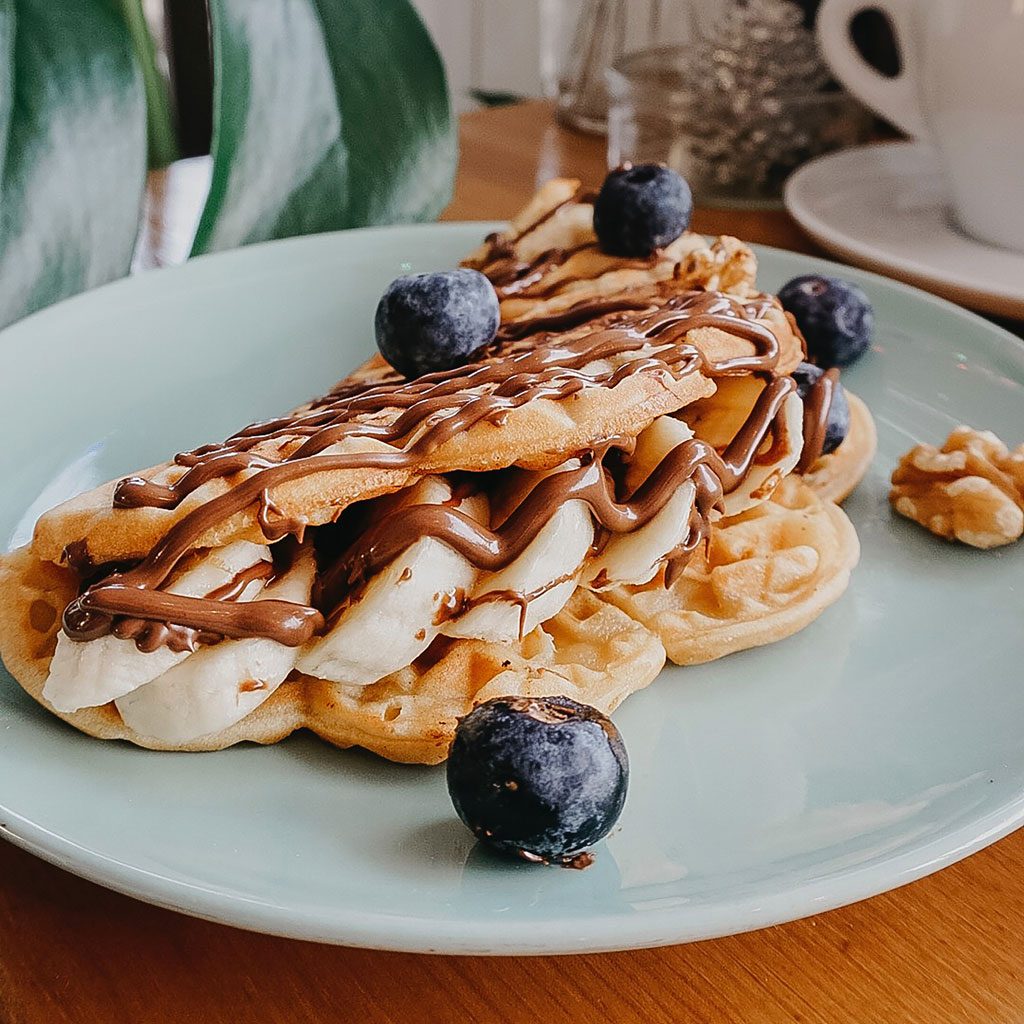Revolutionizing Vegan Culinary Arts and Nutrition
Veganism is more than a dietary choice; it is a transformative lifestyle. Culinary experts everywhere are pushing the boundaries of plant-based food, and one chef stands out as an influential advocate and innovator in this space. Her work not only involves creating delicious dishes but also harmonizes with various philanthropic efforts aimed at promoting a healthier, ethical lifestyle for all.
From Culinary Creativity to Plant-Based Advocacy
In recent years, the prominence of vegan chefs has grown, aided by increasing global awareness of health, sustainability, and animal welfare. This prominent chef has taken this movement to heart, using her skills to craft meals that are as nutritious as they are delightful.
Innovative Cooking Techniques
The chef’s approach to vegan cuisine is deeply rooted in creativity and innovation. She employs cutting-edge cooking techniques to transform simple ingredients into gourmet experiences. Some of the techniques she utilizes include:
- Fermentation: Leveraging natural fermentation processes to enrich flavors and enhance the nutrient content of plant-based foods.
- Molecular Gastronomy: Using scientific principles to create unique textures and tastes that rival traditional meat and dairy dishes.
- Raw Food Preparation: Maximizing the nutritional value of ingredients by preparing meals that require minimal heat processing.
Game-Changing Recipes
Her culinary creations have shattered many preconceived notions about plant-based diets. Key recipes that have gained popularity include:
- Plant-Based Tacos: Featuring a rich blend of spices and fresh vegetables, proving that hearty, delicious meals can be entirely plant-sourced.
- Gourmet Smoothie Bowls: Vibrant and nutrient-packed smoothie bowls that serve as both a feast for the eyes and the palate.
- Vegan Comfort Foods: Reinterpreted classic comfort foods that offer the same emotional satisfaction as their meat-based counterparts.
Empowering Through Education
Beyond her culinary achievements, the chef is dedicated to educating the public on the benefits of a vegan lifestyle. She believes that knowledge and accessibility are key to widespread adoption of plant-based diets.
Workshops and Classes
Her educational initiatives are designed to impart practical skills and nutritional knowledge. These include:
- Cooking Workshops: Hands-on sessions that teach participants how to prepare delicious vegan meals at home.
- Nutritional Seminars: Discussions on the health benefits of veganism, including information on protein sources, vitamins, and balanced diets.
- Community Programs: Outreach efforts to educate underserved communities on affordable vegan meal planning.
Accessible Resources
To make plant-based living accessible to all, she has developed an array of resources:
- Online Recipes: A comprehensive database of recipes that cater to various dietary preferences and skill levels.
- Meal Planning Guides: Tools to help individuals organize their weekly meals and grocery lists effectively.
- Informational Blog: Regular posts on veganism trends, health benefits, and culinary tips.
Philanthropic Endeavors
Her commitment to veganism extends beyond the kitchen through various philanthropic efforts, aiming to make a broader impact on society.
Supporting Nonprofits
One of her main focuses has been supporting nonprofits that align with her values. This encompasses:
- Animal Welfare Organizations: Partnering with groups that advocate for animal rights and welfare.
- Food Security Initiatives: Collaborating with entities fighting hunger and promoting food equity.
- Environmental Advocacy: Working alongside environmental nonprofits to promote sustainable practices.
Fundraising Events
She frequently organizes and participates in events aimed at raising funds and awareness. These events include:
- Charity Dinners: Hosting gourmet dinners where proceeds support various causes.
- Cooking Competitions: Featuring amateur and professional chefs to raise money and highlight plant-based cooking.
- Community Festivals: Participating in and sponsoring festivals that celebrate vegan culture and foods.
Getting Involved
For those inspired by her journey and looking to adopt or promote a vegan lifestyle, there are numerous ways to get involved.
Engage with Educational Content
One of the simplest ways to start is by engaging with the educational materials available:
- Online Classes: Sign up for virtual cooking classes and nutritional seminars.
- Subscribe to Blogs: Follow vegan cooking blogs for weekly inspiration and tips.
- Join Communities: Become part of online and local vegan communities for support and shared experiences.
Support Vegan Businesses and Philanthropy
Supporting businesses and causes that align with vegan values is crucial for sustaining the movement.
- Buy Plant-Based Products: Purchase from companies committed to vegan and environmentally friendly products.
- Donate to Charities: Contribute to nonprofit organizations working on issues related to animal welfare, food equity, and environmental sustainability.
- Volunteer: Offer time and skills to vegan-centric community programs and events.
The Path Forward
The reach and impact of veganism can grow significantly with the continued effort of dedicated individuals and chefs who are not just promoting, but living, an ethos of compassion, health, and sustainability. The chef’s work serves as a beacon for what is achievable and an inspiration for future generations of culinary artists and advocates.
Her journey underscores the importance of creativity, education, and philanthropy in making a substantial impact. Whether you’re a seasoned vegan or just exploring the lifestyle, there are plenty of resources and communities ready to support your journey. Together, we can create a more sustainable and compassionate world.











